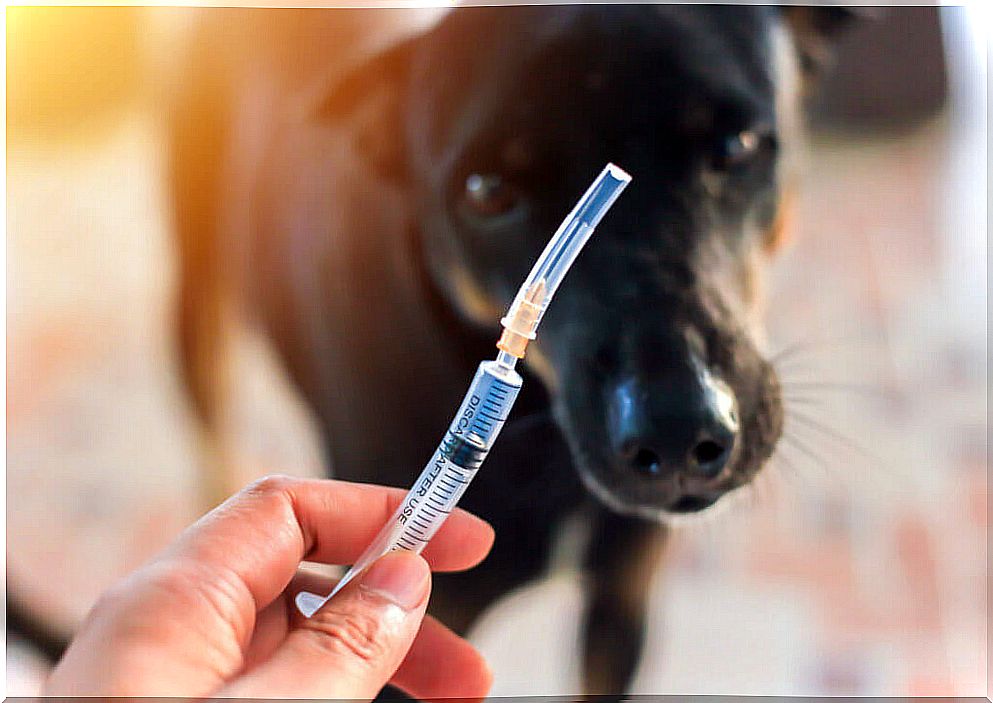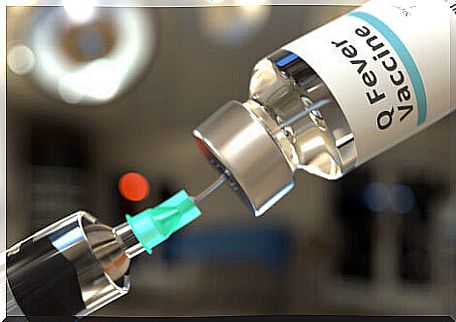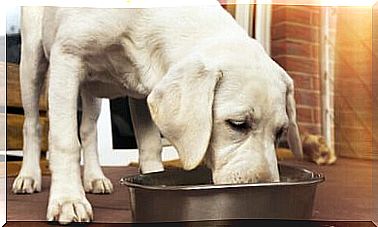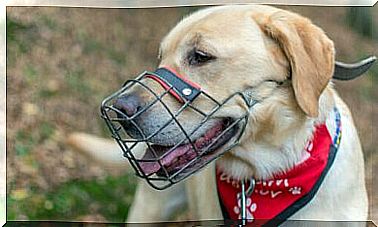Dog Vaccination Schedule: Everything You Need To Know

When you take that cuddly dog into your house, you immediately realize that it’s all up to you. Thus, the health and well-being of the animal will be in your hands. After including a living being in a family unit, it is your responsibility to provide them with all the care they need, including following the vaccination schedule.
Vaccination has been proven to be the only foolproof prevention method against many diseases. Like humans, dogs require acquired immunity mechanisms, which are achieved with the injection of attenuated pathogens in the form of vaccines. Here, we will tell you all about them, dog vaccines.
What vaccines do dogs need?
We read about so many different vaccines – for so many different diseases – that this topic can sometimes get confusing. It is important to have information about what vaccines puppies need and to know which ones are important but optional. Here is an overview of the diseases that vaccination can prevent.

Bordetella Bronchiseptica
You should know that this highly infectious bacteria causes severe attacks of coughing, wheezing, vomiting and, in rare cases, seizures and the death of puppies. This pathogen is the main cause of the famous kennel cough. To prevent Bordetella infection , there are injectable and nasal spray vaccines.
Distemper
Distemper is a serious and contagious disease caused by a virus that attacks the respiratory, gastrointestinal (GI) and nervous systems of dogs, raccoons, skunks and other animals.
The disease is transmitted through the air, from the sneeze or cough of an infected animal. The virus can also be transmitted through shared containers and equipment for food and water.
Viruses manifest with mucous secretions from the eyes and nose, fever, cough, vomiting, diarrhea, convulsions, contractions, paralysis, and often death. This disease causes dogs’ foot pads to thicken and harden.
Unfortunately, there is no cure for distemper. For this reason, treatment consists of supportive care and efforts to prevent secondary infections, control symptoms of vomiting, seizures, and more. If the animal survives the symptoms, its immune system is expected to have a chance to fight off the disease.
canine hepatitis
The case of canine infectious hepatitis is based on a viral infection. It is highly contagious and affects the affected dog’s liver, kidneys, spleen, lungs and eyes. The virus that causes this disease is not related to the human form of hepatitis.
Symptoms range from mild fever and congestion of the mucous membranes to vomiting, jaundice, an enlarged stomach, and pain around the liver. Many dogs can outgrow the mild form of the disease, but the severe variant can be fatal. There is no cure, but doctors can treat the symptoms.
Coronavirus
In this case, the virus usually affects the dogs’ gastrointestinal system, although it can also cause respiratory infections. The disease leads to a variety of symptoms that encompass most gastrointestinal disorders, including loss of appetite, vomiting, and diarrhea.
Medical treatment consists of keeping the dog hydrated, warm and comfortable and helping to relieve nausea. In this case, there is no specific treatment other than vaccination before the onset of the disease.
parvovirus
Parvovirus is highly contagious and the infection has a high mortality rate. The virus attacks the gastrointestinal system and causes loss of appetite, vomiting, fever and often severe bloody diarrhea in affected dogs.
Extreme dehydration can set in quickly and kill a dog within 48 to 72 hours. That’s why immediate veterinary care is crucial. There is no cure, so treatment consists of keeping the dog hydrated and controlling secondary symptoms.
Anger
Rabies is a viral disease of mammals that invades the central nervous system. This pathology causes headache, anxiety, hallucinations, excessive salivation, fear of water, paralysis and death.
It is usually transmitted by the bite of a rabid animal. Treatment within a few hours of infection is essential, otherwise death is highly likely. Most jurisdictions require the administration of rabies vaccine, which is why it is mandatory in the vaccination schedule.
What is the most common vaccination schedule?
In puppies, the vaccination schedule includes a first dose and 3 boosters. The first vaccination is given between the 6th and 8th week of life and, in addition, puppies need 2 booster vaccines to generate enough immunity to obtain protection.
Reinforcements are applied at the recommendation of the veterinarian. The first booster is given between 10 and 12 weeks, while the second booster is given between 14 and 16 weeks.
Booster vaccines should be given 3 to 4 weeks apart. The third booster is applied after the puppy is 12 weeks old, as this is when the puppy’s mother’s immunity is decreasing. In 10-14 days after the end of the vaccination cycle, the animal can go to public areas.

The vaccination schedule includes boosters for adults
One year after receiving his third and final puppy vaccine, your dog should receive his first adult booster vaccine. Remember that these preventive boosters are administered annually for the rest of your pet’s life to keep it fully protected.
Some newer vaccines last longer and therefore do not require annual booster protocols. The veterinarian can advise you on the specific vaccination schedule that should be followed for your dog.









